The S&P 500 closed the two weeks slightly higher after alternating between mild declines and modest gains. From September 19 to 26, the index slipped from 6,664.36 to 6,643.70, a 0.31% decrease. The following week, from September 26 to October 3, it climbed from 6,643.70 to 6,715.79, a 1.09% increase. In total, the market recorded an overall rise of 0.78%.
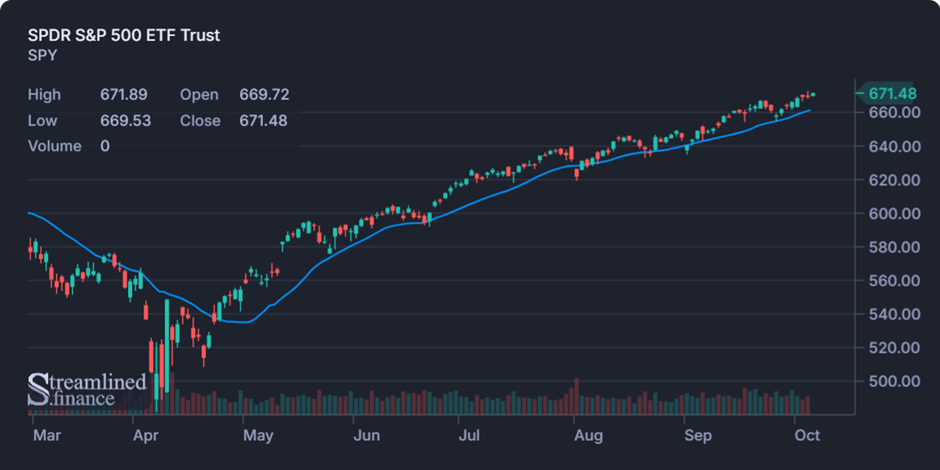
The government shutdown entered its sixth day on Monday with no resolution in sight as political leaders continued to trade blame on national talk shows. Economists estimate that the ongoing shutdown could cost the US economy billions of dollars each week. Yet, despite the political noise, financial markets have remained resilient, showing little sign of panic.
In another development, the Trump administration is reportedly working on revamping banking regulations that could lower capital requirements for large lenders. Banks have long argued that current rules tie up too much capital that could otherwise support lending. Analysts expect the upcoming changes to mark the most significant easing in financial regulation since the Dodd-Frank Act of 2010.
On the global inflation front, the IMF offered a mixed assessment. Some companies in the United States and abroad have absorbed higher tariff costs instead of passing them on to consumers, helping contain price pressures. However, inflation remains a concern for policymakers. President Trump continues to rely on tariffs as a core trade strategy, recently proposing new import duties of 10% on softwood timber and lumber, and 25% on kitchen cabinets and upholstered wood furniture. These could rise to as much as 50% by early 2026 if trade negotiations stall. To offset the damage to farmers affected by reduced exports to China, the administration is reportedly considering a bailout package worth between $10 billion and $14 billion, partially funded by tariff revenues.
Federal Reserve officials, meanwhile, continue to strike a cautious tone. Dallas Fed President Lorie Logan said that future rate cuts should proceed carefully, given persistent inflation and potential financial stability risks.
A recent CBS poll indicated growing public pessimism about the economy, with many Americans believing that finding a good job has become more difficult compared to five years ago. In commodities, gold notched its seventh straight weekly gain, reaching new record highs, while Bitcoin surged above 120,000 dollars, marking a two-month peak.
Intel has been a standout, reportedly in talks to produce chips for AMD. At the same time, Nvidia’s $5 billion investment and the U.S. government’s $8.9 billion stake underscore its growing importance in the semiconductor ecosystem.
Weekly Earnings Roundup: Surprises & Misses
Several major companies released their earnings in the last 2 weeks, including Micron Technology (NASDAQ: MU), Costco (NASDAQ: COST), Accenture (NYSE: ACN), and Jabil (NYSE: JBL). Below is a quick look at some of the most notable names.
Accenture: Q4 revenue estimates and announced a six-month $865 million restructuring plan to align with rising AI and digital demand. New bookings hit $21.3 billion, supporting strong visibility. FY26 revenue guidance of 2%-5% fell slightly below expectations.
Micron Technology: Reported Q4 revenue of $11.3 billion versus $11.15 billion expected and EPS of $3.03, topping $2.84 forecast. The stock has surged more than 40% in the past month, driven by optimism surrounding AI-related memory chip demand.
Costco: Posted revenue of $86.16 billion, narrowly above forecasts, with EPS of $5.87 beating $5.82 expected. Same-store sales grew 6.4%, slightly exceeding projections.
Nike: Surpassed estimates with EPS of $0.49 versus $0.28 expected and revenue up 1% YoY to $11.7 billion. Management noted visible turnaround progress but warned that sustained profitability will take time.
Top Gainers
Game publisher Electronic Arts (NASDAQ: EA) climbed following confirmation of its record $55 billion leveraged buyout. The deal values EA at $210 per share, with $36 billion in equity from PIF, Silver Lake, and Affinity Partners, and $20 billion in debt from JPMorgan. CEO Andrew Wilson will remain in charge, with delisting expected in Q1 FY27.
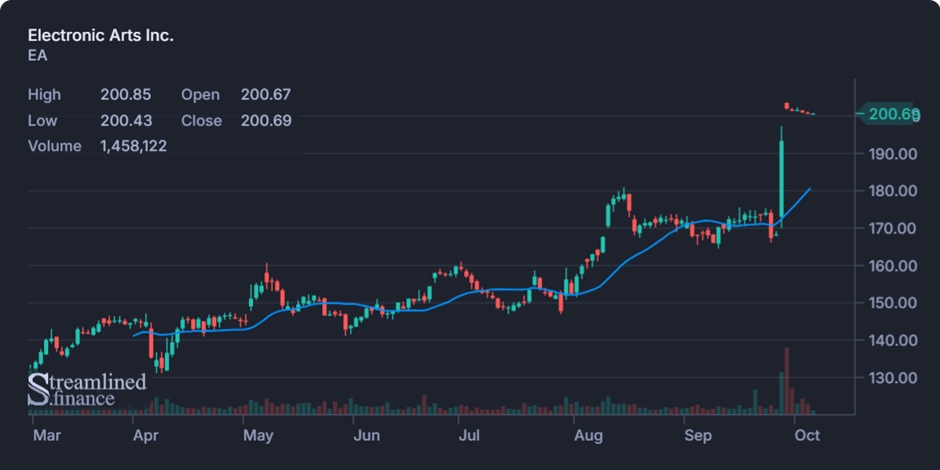
Alibaba (NYSE: BABA) gained on renewed optimism around its AI ambitions. The company unveiled a new AI chip, secured its first major order from China Unicom, expanded its Nvidia collaboration, and announced plans to invest over $53 billion in AI infrastructure over the next three years.
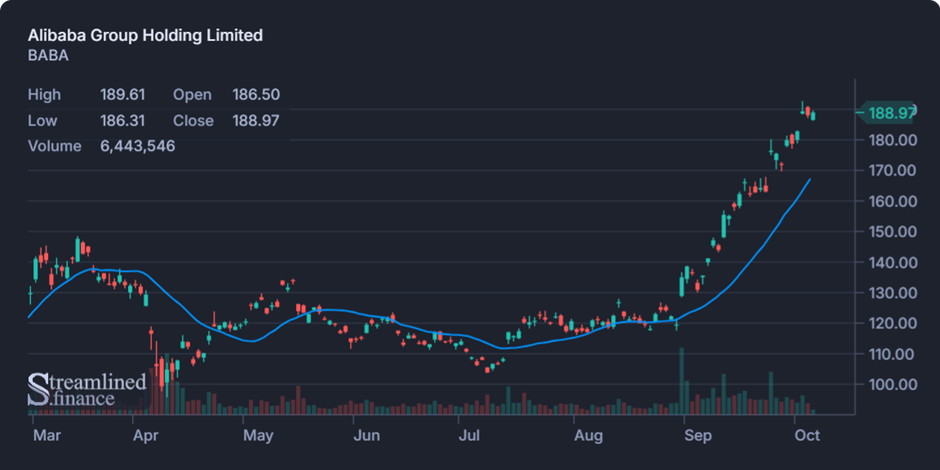
Western Digital (NASDAQ: WDC) shares rose 19% on strong demand for data storage from AI, cloud, and enterprise data centers.
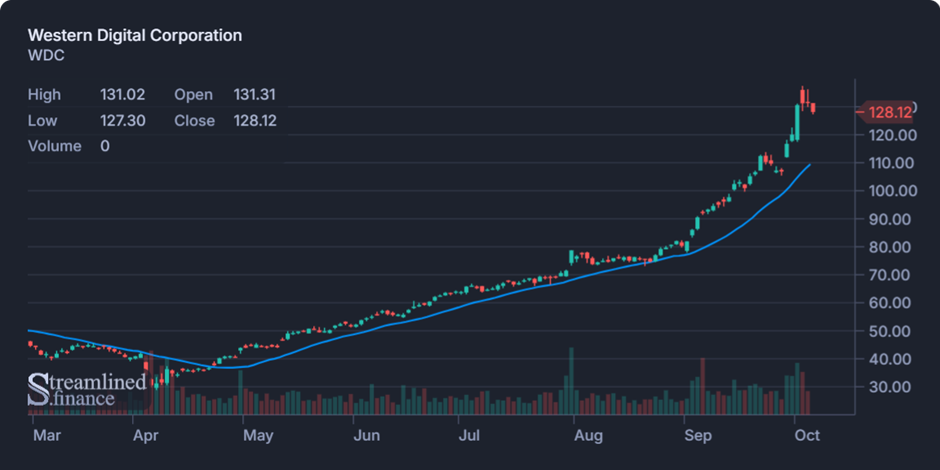
Seagate (NASDAQ: STX) share price was up by more than 10% last week, drawing investor attention for its high-capacity drives supporting AI data centers.
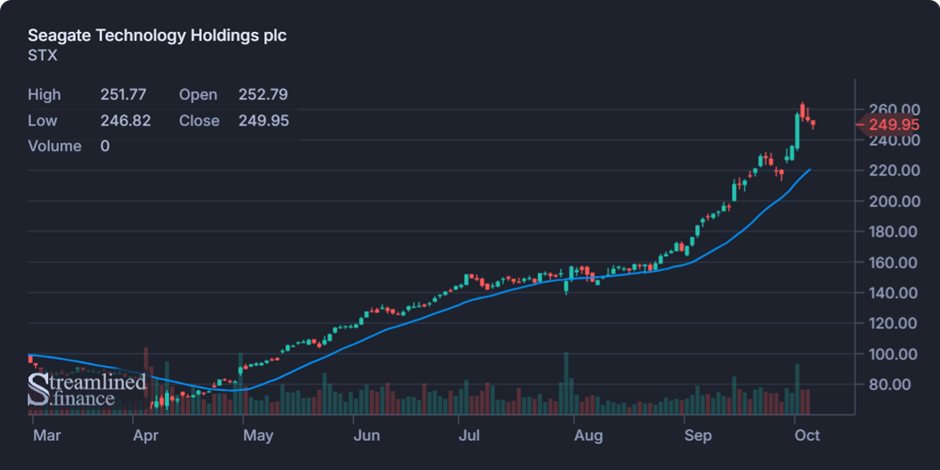
FICO (NYSE: FICO) shares by more than 18 % after announcing plans to sell credit scores directly to lenders, bypassing traditional bureaus.
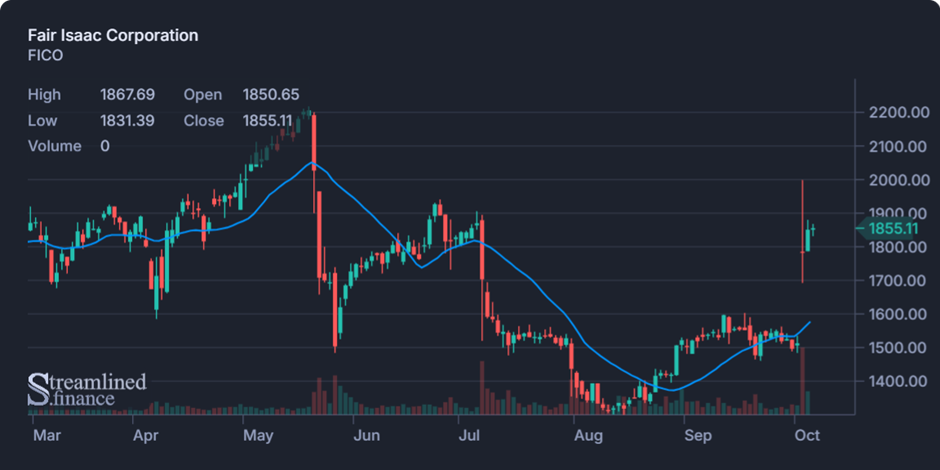
Top Losers
Equifax (NYSE: EFX) fell 9% as investors reacted to FICO’s direct-to-lender move, raising concerns over market share and regulations.
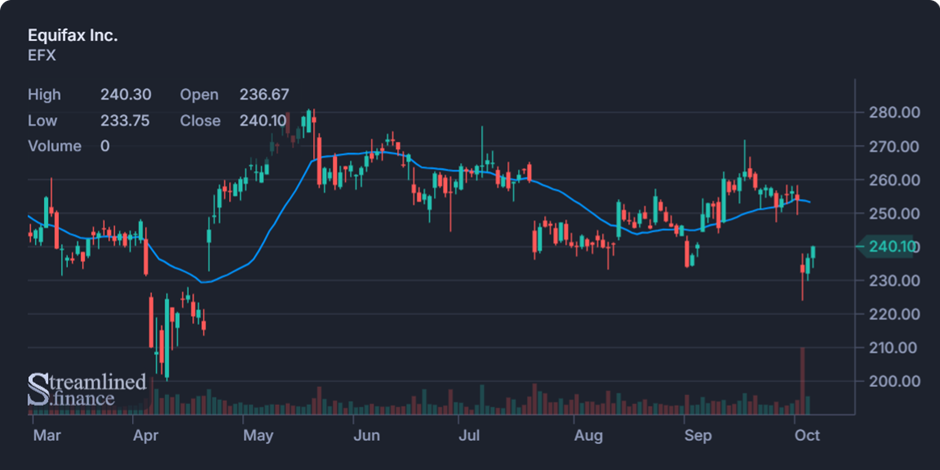
Netflix (NASDAQ: NFLX) dropped about 4% following negative publicity after Elon Musk urged users to stop using the platform.
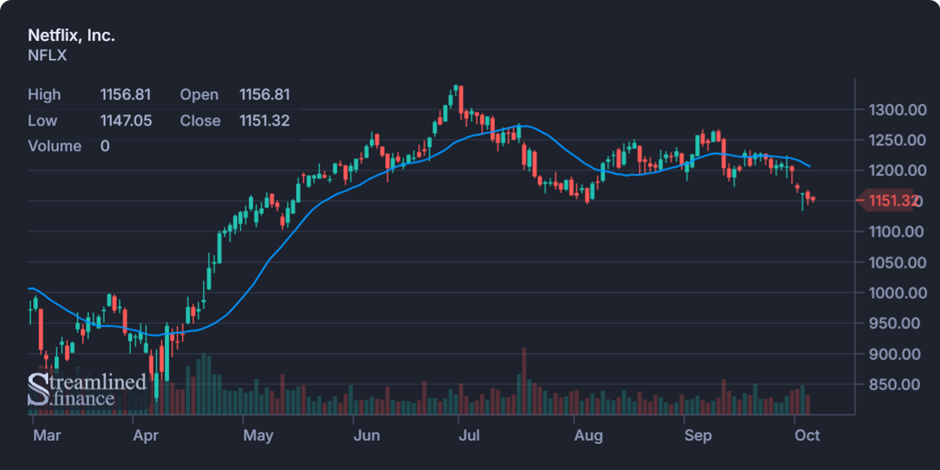
Upcoming Earnings: Key Stocks to Monitor
This week, the spotlight will turn to several high-profile names, including Constellation Brands (NYSE: STZ), PepsiCo (NASDAQ: PEP), Delta Air Lines (NYSE: DAL), and Levi Strauss (NYSE: LEVI).
The following week will feature earnings from major financial and industrial heavyweights, including JPMorgan Chase (NYSE: JPM), Johnson & Johnson (NYSE: JNJ), Wells Fargo (NYSE: WFC), Goldman Sachs (NYSE: GS), BlackRock (NYSE: BLK), Domino’s Pizza (NYSE: DPZ), Albertsons (NYSE: ACI), ASML Holding (NASDAQ: ASML), Bank of America (NYSE: BAC), Morgan Stanley (NYSE: MS), Abbott Laboratories (NYSE: ABT), Taiwan Semiconductor (NYSE: TSM), Interactive Brokers (NASDAQ: IBKR), and American Express (NYSE: AXP).
With major financial giants and industrial heavyweights set to report earnings, investors will be closely watching forward guidance and management commentary to gauge whether market momentum can hold amid persistent inflation, tariff pressures, and evolving monetary policy expectations.